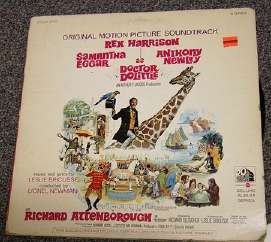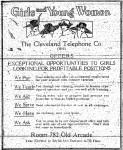 What does Dr. Dolittle have to do with business marketing tips? Or even marketing in the 21st century? What kind of marketing tips can we get from a story written about a man who wore a tall top hat, tails and lived “long ago when our grandfathers were little children.”
What does Dr. Dolittle have to do with business marketing tips? Or even marketing in the 21st century? What kind of marketing tips can we get from a story written about a man who wore a tall top hat, tails and lived “long ago when our grandfathers were little children.”
Dr. Dolittle may have “lived” a long time ago, and may have been fictional, but he also knew the value of taking the time to listen, learn, and use his patients’ language.
Use your customers’ language
In the movie musical version, Dr. Dolittle sang,
“If I could talk to the animals, just imagine it,
Chattin’ with a chimp in chimpanzee”
Marketers need to do this too.
If you don’t talk the way your prospects talk, they’ll tune you out.
For instance, I got an email message today that said, “How can I get BDM for my Product?…We specialize in optimizing business processes and implementing ERPs.”
I have no idea what that means, what problem they solve, or whether I have it. He might as well have sent that message in chimpanzee.
Where does it hurt?
In the book, once the animals learned that Dr. Dolittle could speak to them in their own language, they told him where it hurt, how they felt, and he could cure them easily.
If you tell the average non-techie business owner that you create Joomla web sites it won’t mean anything. Say you can get them a Web site that will improve their sales and they’ll sit up and take notice. Because more revenue is something that every business owner understands.
Understanding and trust lead to referrals
After Dr. Dolittle cured them, the first group of animals went back and told their friends that there was a doctor who understood them. Whenever any creature got sick, they came directly to his house, so his garden was always crowded with animals trying to see him.
He’d built authority and trust with his patients, so they felt comfortable recommending him to other animals who needed medical care. You can do the same thing. Take the time to talk to your customers, use their language when you speak to them, and they will start to like you, trust you, and refer you.
In fact, new customers will (ahem) flock to you.




